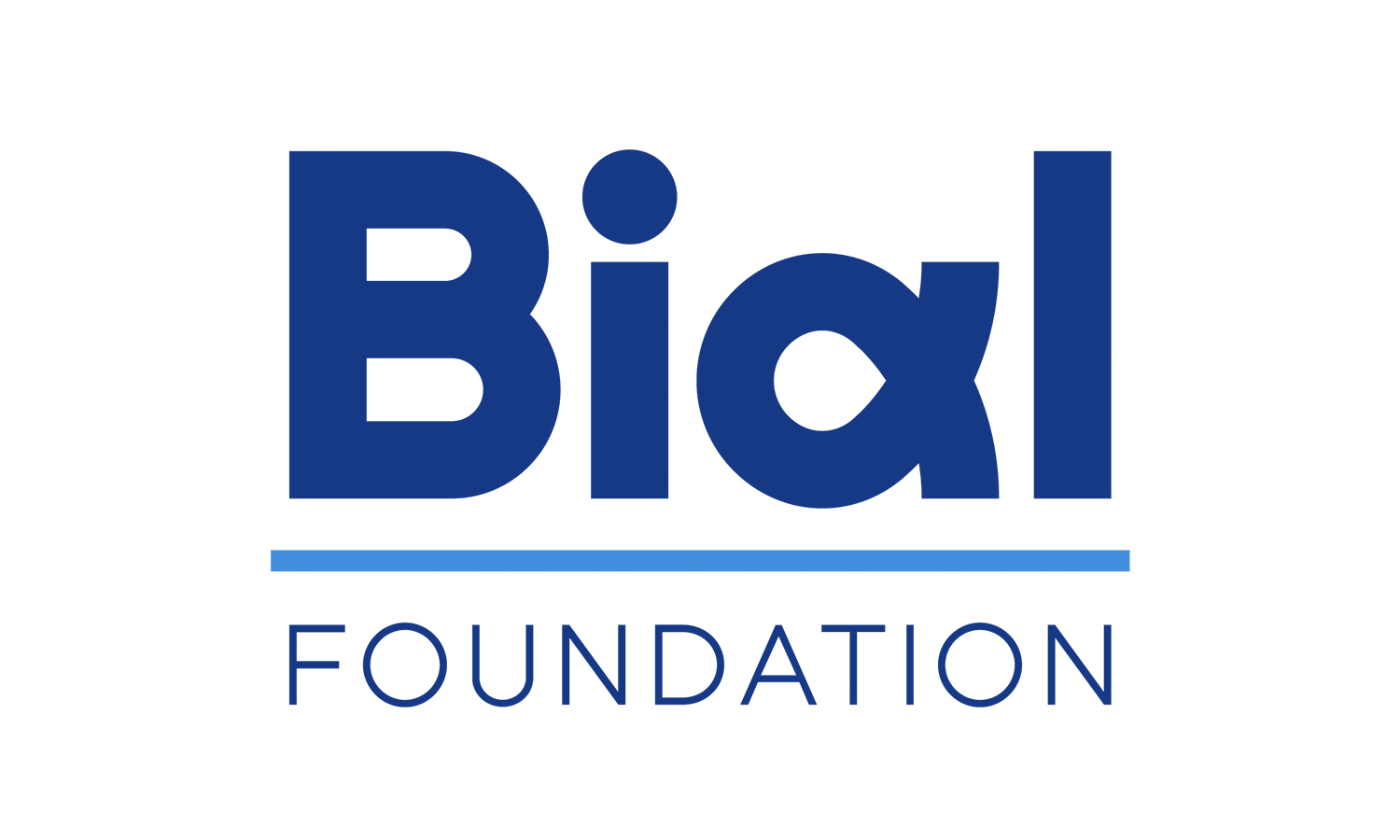In the scope of a project supported by the BIAL Foundation 87/12 – Neurobiological correlates of empathy in couples: A study of central and peripheral measures, the research team led by Joana Coutinho published the paper When our hearts beat together: Cardiac synchrony as an entry point to understand dyadic co‐regulation in couples in the journal Psychophysiology.
“The degree to which romantic partners' autonomic responses are coordinated, represented by their pattern of physiological synchrony, seems to capture important aspects of the reciprocal influence and co‐regulation between spouses. In this study, we analyzed couple's cardiac synchrony as measured by heart rate (HR) and heart rate variability (HRV). A sample of 27 couples (N = 54) performed a structured interaction task in the lab where they discussed positive and negative aspects of the relationship. During the interaction, their cardiac measures (HR and HRV) were recorded using the BIOPAC System. Additional assessment, prior to the lab interaction task, included self‐report measures of empathy (Interpersonal Reactivity Index and Interpersonal Reactivity Index for Couples) and relationship satisfaction (Revised Dyadic Adjustment Scale). Synchrony computation was based on the windowed cross‐correlation of both partner's HR and HRV time series. In order to control for random synchrony, surrogate controls were created using segment‐wise shuffling. Our results confirmed the presence of cardiac synchrony during the couple's interaction when compared to surrogate testing. Specifically, we found evidence for negative (antiphase) synchrony of couple's HRV and positive (in‐phase) synchrony of HR. Further, both HRV and HR synchronies were associated with several dimensions of self‐report data. This study suggests that cardiac synchrony, particularly, the direction of the covariation in the partners' physiological time series, may have an important relational meaning in the context of marital interactions.”






































































